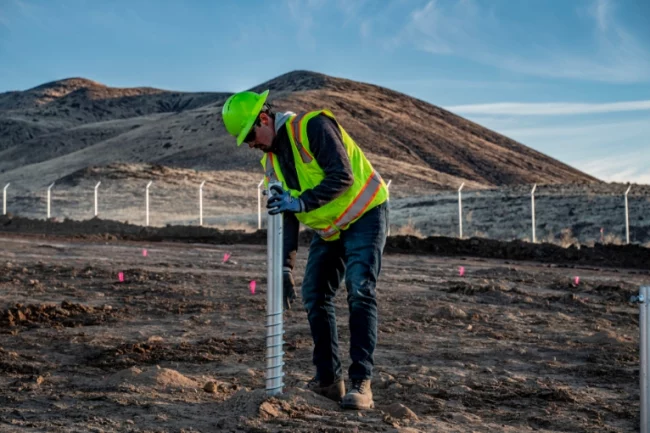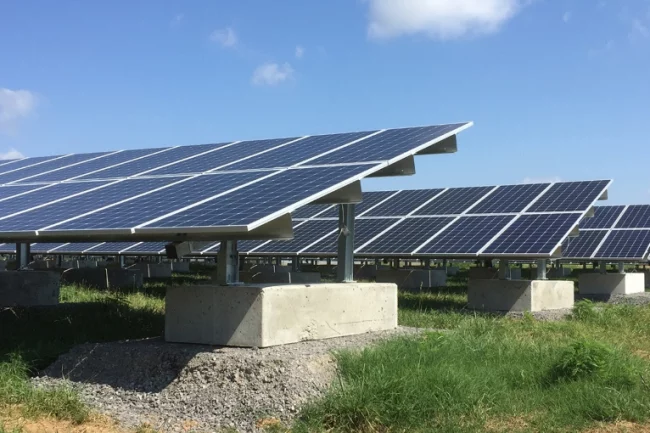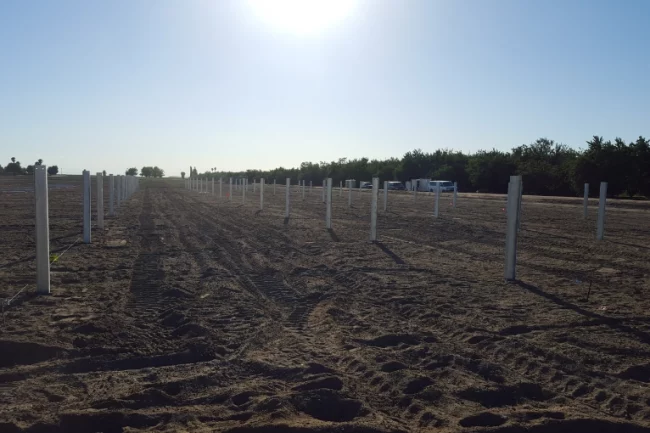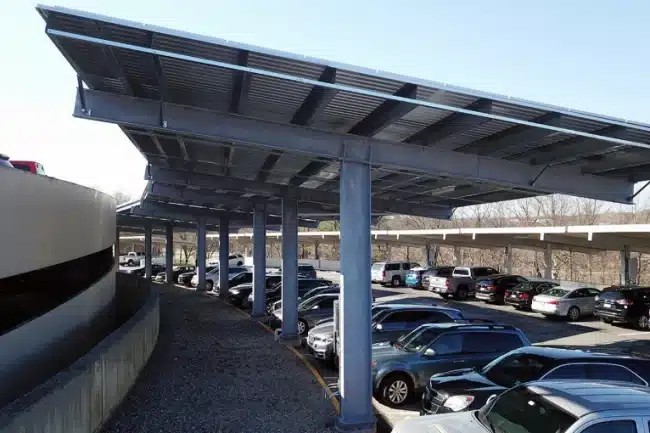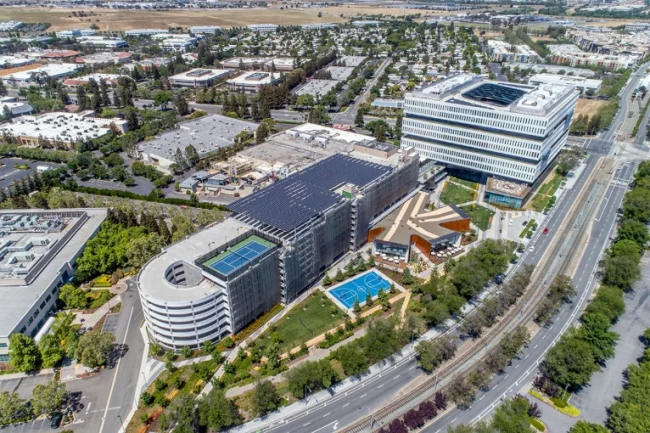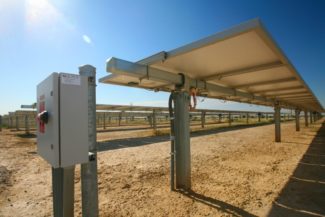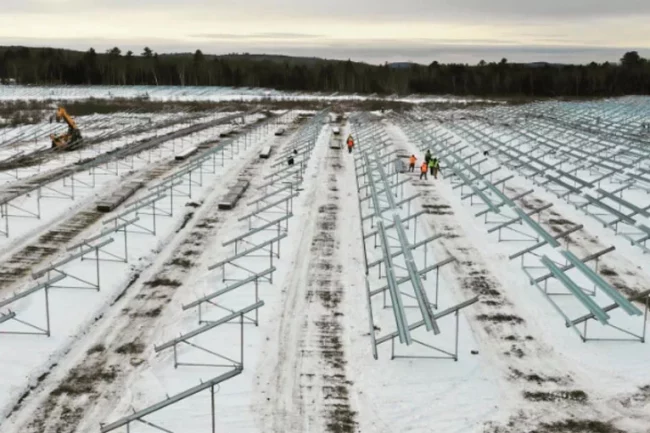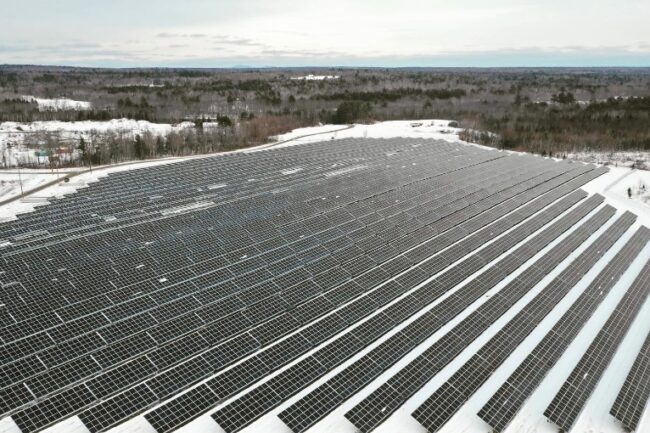AGRIVOLTAIC
PROJECT
SOUTHERN MASSACHUSETTS
9 MW + 36 MWH STORAGE | WIRE SOLUTION
Background
A utility-scale solar company worked with local farmers in Southern Massachusetts to capture and store solar energy over special cranberry wetland farms, otherwise known as cranberry bogs. The dual-purpose land use—agrivoltaics—allowed for 9MW solar panels with 36MWH storage to be installed over fully-functioning cranberry bogs. In doing so, the developer had to consider the complexity of dual-purpose lands.
Installing solar panels over 150-year-old cranberry vines is an exercise in caution, requiring precise placement of panels and wiring. The arrays must be high enough to ensure minimal damage to the crops below and allow for farming activities like harvesting to take place seamlessly. This level of complexity cannot be addressed by generic, off-the-shelf wire solutions.
With a $53 million project that will be powering 1,800 homes in the community at play, the developer knew that selecting the right wiring solution within a tight 6-week delivery window was a mission-critical task.
Challenge
In building the agrivoltaic project, the developer needed to ensure that the arrays would have solid foundations, durable racking structures, and be placed at an atypical height to minimize impact on crop growth and harvest activities. The accompanying wiring solution also had to conform to these specific conditions.
Specifically, the wiring solution deployed needed to fulfil three key conditions in the overall project:
![]()
The solar arrays had to be mounted on 25 to 40-foot-long wooden, wet terrain- resistant utility poles. These poles were also driven 15 to 30 feet into the ground, keeping the trackers at least 10 feet above the cranberry bogs. At this height, significantly more wire is required as compared to average solar projects.
![]()
Keeping the cranberry bogs fully functioning and undisrupted was key, and the wiring solution needed to be one that would minimize long and heavy in-field installation activities.
![]()
The lead time and project turn time were very short. The project needed to be delivered within a tight 6-week timeline, a challenge when considering the average timelines for wire projects are 8 to 12 weeks.
Solution
The solar company had already engaged Terrasmart for combiners before contacting the team for a wire solution. The team, uniquely well-versed in turnkey solar projects, was all hands on deck reviewing production schedules, drawings, and site plans to support the end-goal of ensuring the most optimized wiring solution for the project—one that was customized for fixed conditions and variables: height, placement, quantity, human activity, and project turn times.
To meet the tight timeline, instead of waiting for racking to be completed before installing the wiring, the solution was coordinated alongside the racking and modules installations.
The site was designed to be all source circuit. The wiring was factory-assembled to ensure quick installation times in the field. A total of 1,384 source circuit conductors (half positive, half negative) were cut to length and labelled in the factory with MC4 connectors installed on the panel end. It was blunt cut on the opposite end for field connection to SolarBOS combiners. The wiring was shipped on spools to the site. This end-to-end connectivity of the wiring solution allowed for quick plug-and-play in the field.
Result
By leveraging Terrasmart’s expertise in turnkey solar projects and in-house assembly, the complexities of the project were addressed and absorbed, upfront. This created a smooth and coordinated process throughout execution, with simplicity ensured on site.
The outcomes of this project include:
Customized wiring that accommodated the atypical heights of the agrivoltaic projects, providing consistent and accurate cut lengths.
Ease of wiring integration with already purchased combiner boxes.
Creative problem- solving upfront to deliver solar to more fields, no matter how complex.
A wiring solution that was delivered in coordination with other aspects of installation on site such as racking and modules, shaving weeks off the typical timeline for a project of this size and complexity.
Customized prefabricated wiring provided a solution where off-the-shelf, bulk wiring was not an option due to the unique cranberry bogs.
The project was delivered within a tight timeline, ensuring the build-out will not affect the cranberry harvest.

